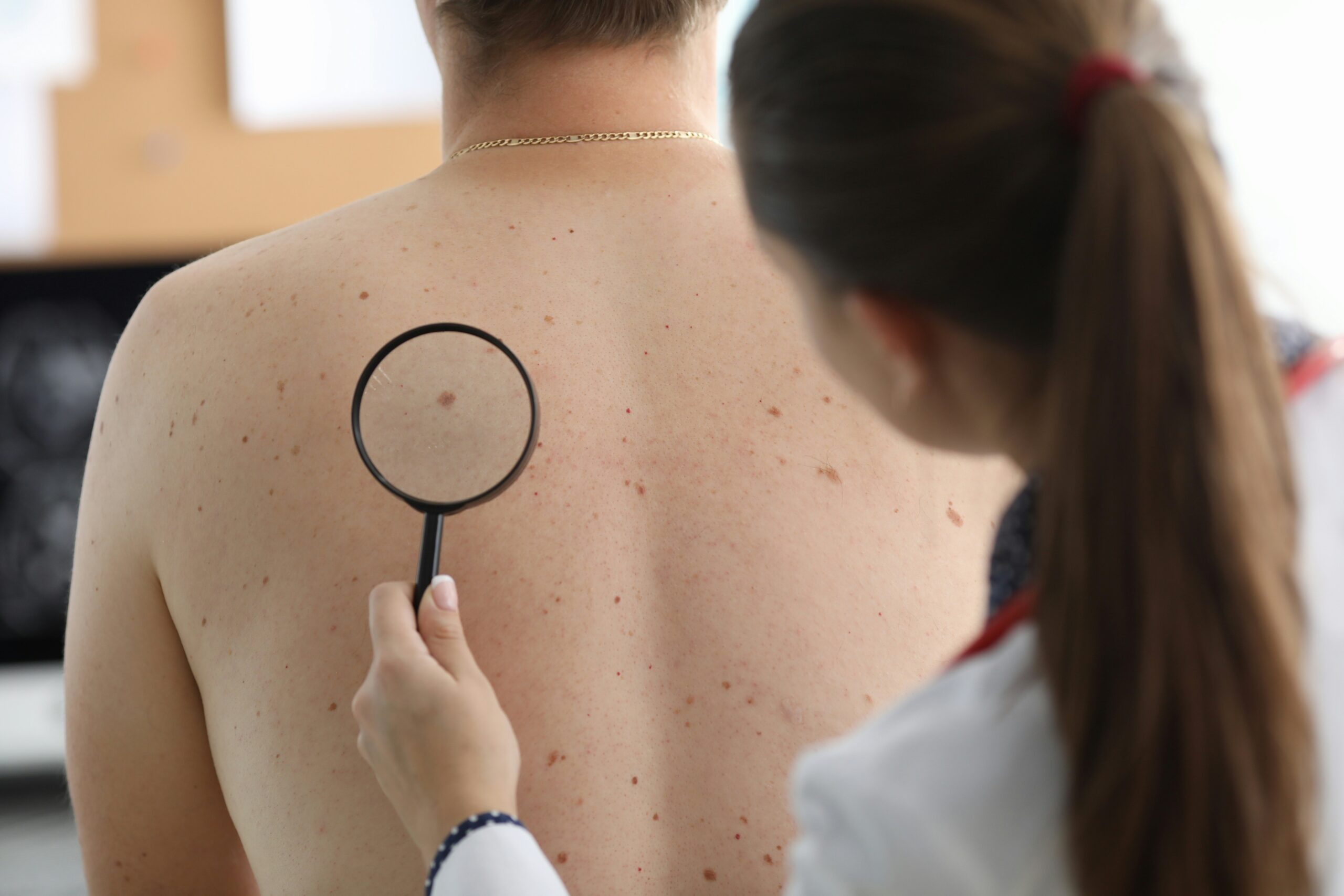
Skin cancer is one of the most common forms of cancer in the United States, yet it is also one of the most preventable. Regular skin checks, both self-examinations and professional screenings, play a vital role in catching early warning signs before they become life-threatening. By examining your skin consistently, you increase the chances of identifying unusual moles, spots, or growths that could indicate melanoma or other forms of skin cancer.
These checks are particularly important because skin cancer can develop silently, often without pain or discomfort in its early stages. The sooner irregularities are detected, the greater the likelihood of successful treatment. Regular monitoring helps ensure that suspicious changes don’t go unnoticed, giving you a proactive way to protect your health.
Early Detection Saves Lives
The most significant advantage of regular skin checks is early detection. Melanoma, the deadliest form of skin cancer, can spread quickly if left untreated. However, when identified early, treatment success rates are very high. Early intervention often involves less invasive procedures, fewer complications, and lower medical costs.
In contrast, waiting until symptoms are severe may require extensive treatments like chemotherapy, radiation, or surgery. By committing to routine skin checks, individuals can avoid unnecessary suffering and greatly improve survival rates. This simple practice can make the difference between a minor medical procedure and a life-threatening battle with cancer.
How to Perform Self-Examinations Effectively
Self-examinations are a powerful first line of defense against skin cancer. Experts recommend checking your skin once a month in a well-lit room using a full-length mirror and a handheld mirror. Look for asymmetrical moles, irregular borders, uneven coloring, or changes in size and texture. The “ABCDE rule” (Asymmetry, Border, Color, Diameter, Evolving) serves as a helpful guideline for spotting suspicious moles.
No area should be overlooked during self-exams. Examine less visible spots such as the scalp, behind the ears, under the breasts, and between the toes. If you notice a mole or mark that looks different from others or continues to change, schedule an appointment with a dermatologist promptly. Self-checks empower individuals to take control of their health by staying vigilant between professional screenings.
The Value of Professional Screenings
While self-examinations are crucial, professional skin checks add another layer of protection. Dermatologists are trained to recognize subtle warning signs that untrained eyes may miss. Annual or semiannual professional screenings are especially recommended for those at higher risk, including individuals with fair skin, a family history of skin cancer, or excessive sun exposure.
During a professional exam, dermatologists use specialized tools such as dermatoscopes to closely analyze suspicious lesions. In some cases, they may recommend a biopsy to confirm whether a spot is cancerous. These visits provide peace of mind and ensure that nothing slips through the cracks when it comes to skin health.
Risk Factors That Increase the Need for Checks
Certain groups of people face a higher risk of developing skin cancer, making regular checks even more essential. Individuals with fair skin, freckles, or light hair are more prone to sun damage, which can lead to skin cancer over time. Those who spend a great deal of time outdoors without protection or use tanning beds are also at elevated risk.
Genetics also plays a role. A family history of melanoma or other skin cancers increases the chances of developing the disease. In addition, people with weakened immune systems due to conditions like HIV or organ transplants should be extra vigilant. Recognizing these risk factors allows individuals to tailor their prevention strategies, ensuring that they receive appropriate and timely screenings.
Building Preventive Habits Alongside Skin Checks
Skin checks are most effective when combined with other preventive measures. Protecting your skin from harmful ultraviolet (UV) rays is critical. This includes wearing sunscreen daily, seeking shade during peak sunlight hours, and wearing protective clothing such as wide-brimmed hats and sunglasses. Avoiding tanning beds is another essential step, as artificial UV rays are just as harmful as natural sunlight.
Making skin checks a regular part of your health routine ensures long-term protection. Setting reminders on your calendar, pairing self-checks with monthly tasks, or scheduling yearly dermatologist appointments can help make these practices second nature. Consistency is key—just like dental checkups or annual physicals, skin checks should be seen as a fundamental part of overall wellness.
Taking Action Today
Cancer prevention is most effective when action is taken before problems arise. Regular skin checks give individuals the chance to identify potential risks early and seek timely medical advice. This proactive approach not only reduces the likelihood of advanced skin cancer but also builds peace of mind, knowing you’re actively safeguarding your health.
Even if you have no obvious symptoms or family history, preventive care should not be overlooked. Skin cancer can affect anyone, regardless of age, gender, or ethnicity. By committing to consistent skin checks and protective habits, you give yourself the best chance at maintaining healthy skin and preventing cancer from becoming a serious threat.